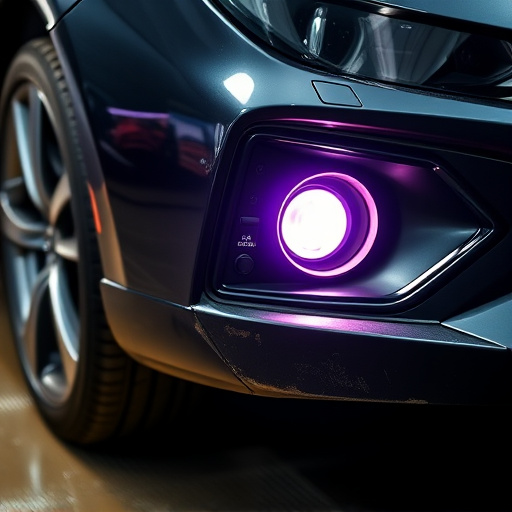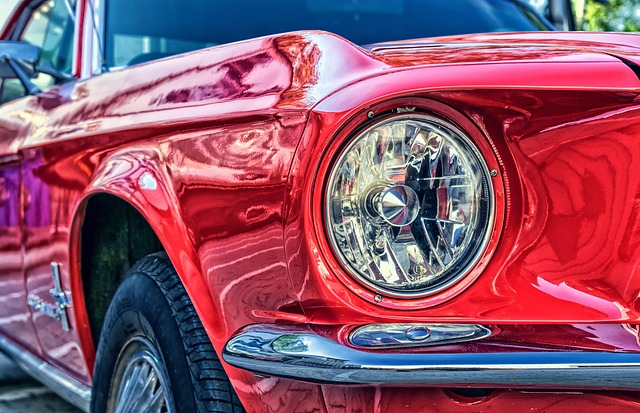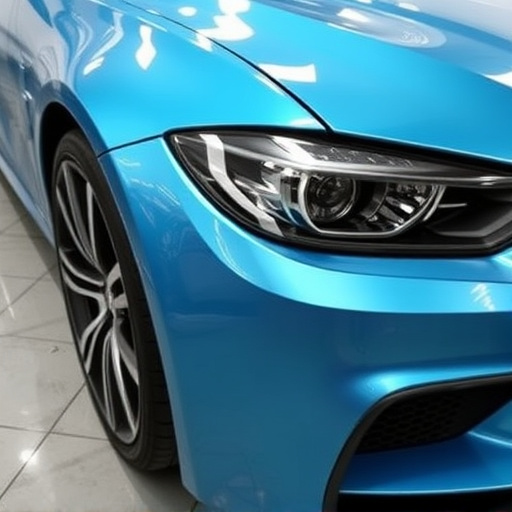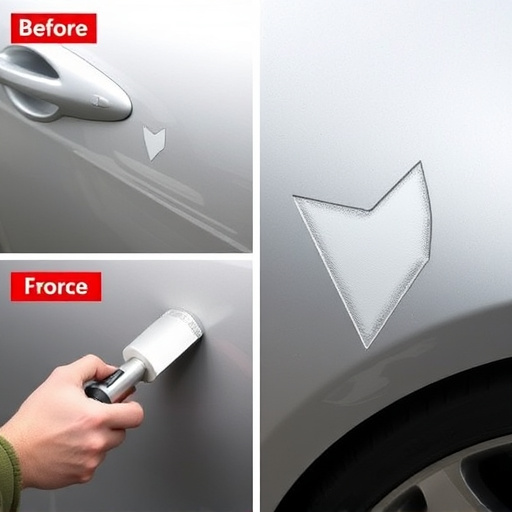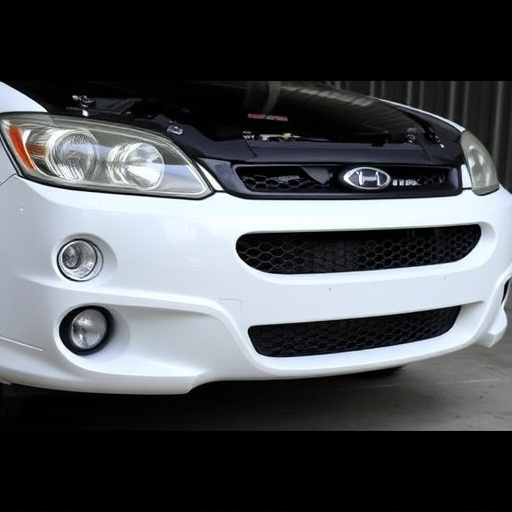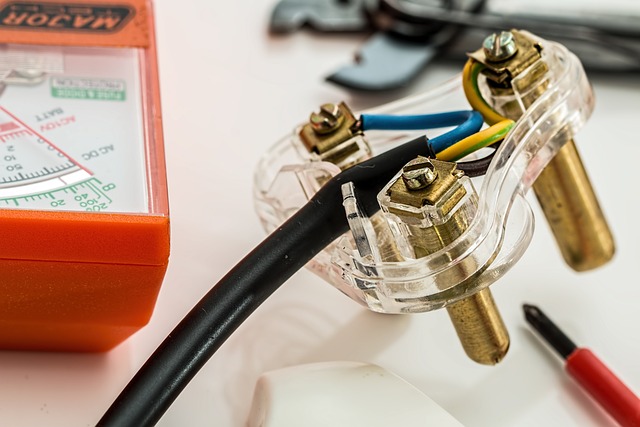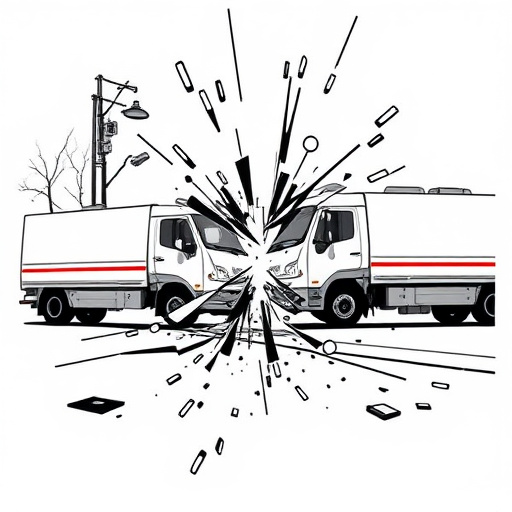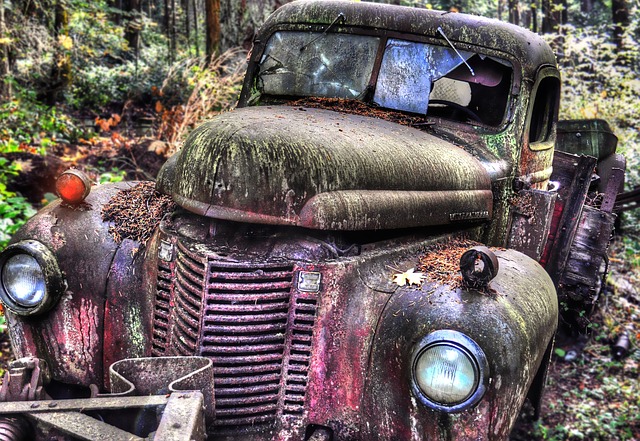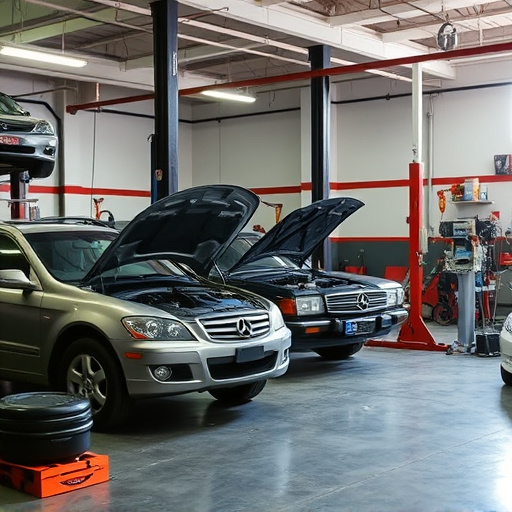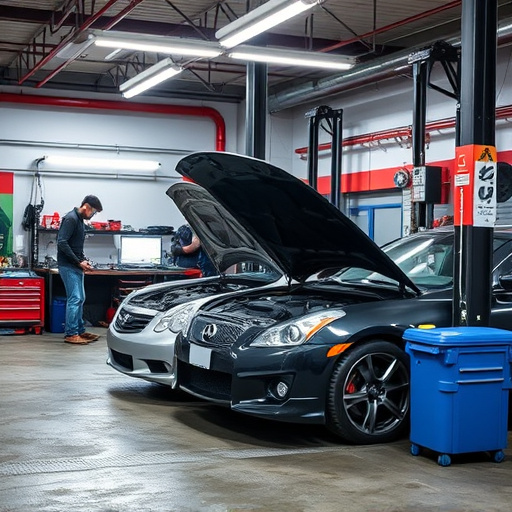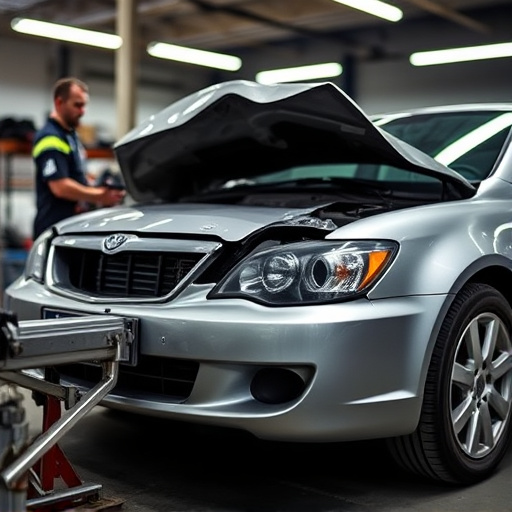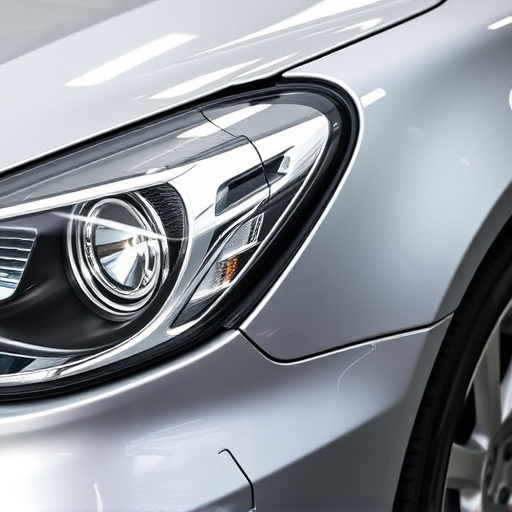Assess wagon body damage through visual inspection and tools for hidden issues. Gather specialized tools, materials, and safety gear for efficient repairs. Use blending techniques to seamlessly integrate damaged areas, maintaining design integrity. Ensure precise panel gaps and alignment for structural and aesthetic appeal in wagon body repair.
Wagon body repair is an art that requires precision and expertise. Whether it’s a dent, scratch, or more significant damage, understanding the process is key to restoring your wagon to its former glory. This comprehensive guide takes you through the essentials of wagon body repair, from assessing the damage to gathering the right tools and applying specialized techniques for various parts. Get ready to master the art of wagon body repair and bring your classic back to life.
- Assessing Wagon Body Damage: Step-by-Step Guide
- Gathering Essential Tools and Materials for Repair
- Applying Specialized Techniques for Different Wagon Parts
Assessing Wagon Body Damage: Step-by-Step Guide
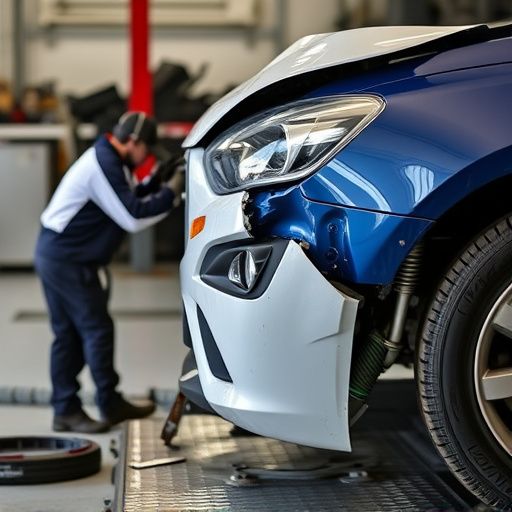
Assessing Wagon Body Damage requires a meticulous step-by-step approach to accurately identify and categorise the extent of repairs needed. Begin by visually inspecting the wagon from all angles, looking for any signs of dents, cracks, or uneven paint surfaces. This initial survey helps in pinpointing problem areas that may need further investigation.
Next, use a flashlight to examine hidden corners, such as under body panels and along the wheel wells, where damage might be obscured. Check for signs of rust, especially in older wagons, as it can indicate underlying structural issues. Measure the depth of dents using a punch or caliper, taking note of their location and size. Also, assess any misalignment of panels, which may suggest frame damage that requires professional frame straightening services from an auto repair shop. Finally, take detailed photographs for future reference during the repair process, especially documenting areas with significant damage, such as car paint repairs.
Gathering Essential Tools and Materials for Repair
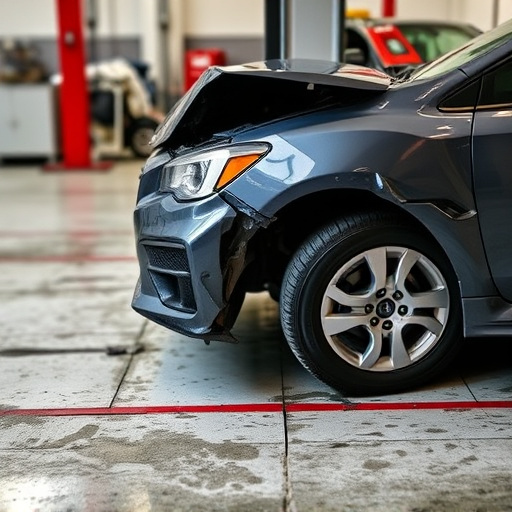
Before beginning any wagon body repair, ensuring you have all the essential tools and materials is crucial. This includes a variety of specialized equipment like impact wrenches, sanders, and welding machines, along with high-quality paints and primers designed for vehicle bodies. For more intricate fixes like fender repair or scratch repair, consider adding precision tools such as putty knives, fine-grit sandpaper, and clear coat to your kit. Having the right supplies will make the difference between a successful restoration and an incomplete or subpar job.
Additionally, safety gear is non-negotiable. This includes gloves, safety glasses, and a respirator mask to protect against debris and chemicals. Proper ventilation is also essential during the repair process, as many products used in wagon body repair can emit harmful fumes. Gathering everything you need beforehand ensures a smooth, efficient workflow, enabling you to tackle even complex car collision repair tasks with confidence.
Applying Specialized Techniques for Different Wagon Parts
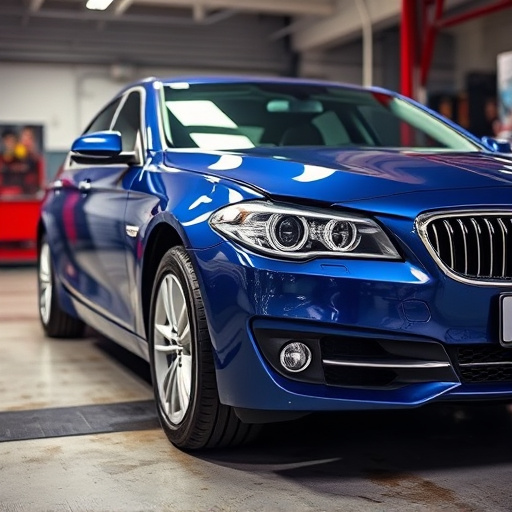
When repairing a wagon, understanding that different parts may require specialized techniques is crucial. For instance, the unique curves and contoured shapes of wagon bodies necessitate precise panel beating to ensure both structural integrity and aesthetic appeal are maintained. Techniques such as blending, where damaged areas are seamlessly integrated into the surrounding panels, are essential for preserving the vehicle’s original design.
Additionally, considerations like panel gaps and alignment become paramount in auto body repairs specific to wagons. After a car collision repair, it’s vital to ensure that all replaced or repaired sections fit perfectly with the existing bodywork. This meticulous attention to detail guarantees not only the structural soundness of the wagon but also its sleek and harmonious appearance, akin to a symphony of metal craftsmanship.
Wagon body repair is a multifaceted skill that combines assessment, gathering the right tools, and applying specialized techniques. By following the step-by-step guide for damage assessment and understanding the unique requirements of different wagon parts, you can effectively restore your vehicle to its original condition. With the right knowledge and resources, mastering wagon body repair allows you to tackle damages head-on, ensuring your wagon looks as good as new on the road.
